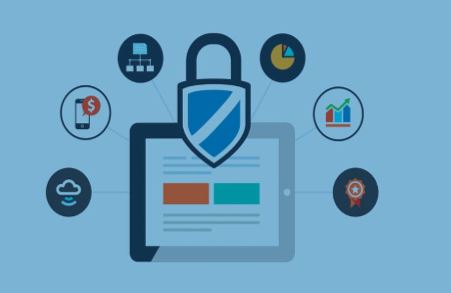How to evaluate if your web is secure or not?
Many people are storing their personal information on their computers. It is always important to protect yourself from internet predators who are looking to gain access to your files. One of the many ways they can do is, by attacking your computer or tries to gather your information from an infected or malicious website you have visited. The best thing one can do is to avoid malicious websites altogether. Explore, this article and know how to identify the malicious websites and how to be safe.

Things to look for in a secure website:
When visiting a website which asks for sensitive information such as credit/debit card details or your social security number, the first step you can take in securing your privacy is by creating a strong password. Also, it is important to check that the information you have entered online is encrypted or not.
Check the SSL certificate:
Look at the URL of the website. If the URL begins with “https” instead of “http” then the site is secured using an SSL certificate. SSL certificates secures all the data as it is passed from your browser to the website’s server. To get an SSL certificate, the company must go through a validation process.
However, there are few other levels of validation and some of them are easier to get than others. The lowest level of validation is Domain Validation (DV), it validates the ownership of the domain and not the legitimacy of the organization requesting the certificate.
The highest level of validation, Extended Validation (EV), is the safest and extensive. With EV the company requesting has to prove their identity as-well-as their legitimacy as a business. Also, a user can tell whether the site has an EV certificate or not by checking the address bar. Browsers show a green address bar with a lock icon for websites with EV certification.
Look at the domain:
Cyber assaulters will sometimes create the websites imitates the existing website and tries to trick people into purchasing something or logging into their site. These sites look like the existing site.
To avoid these kinds of attacks, always look at the domain of the site you are in. If you get an email from your bank or another online vendor, don’t click the link in the email. Type the domain into your browser to make sure you are connecting to the right website where you intended to be.
Check the properties of the links:
Right click on the hyperlink and select “properties” will reveal the true destination of the link. Check whether it is taking to the same site or not.
Protect yourself:
* Utilize your internet browser security tools: Always install the most current version of your web browser. Most of the browsers have sophisticated filters which can identify and warn you of potential security threats.
* Check whether the proper online protection tools are enabled for your anti-virus software.
* A user can also download an add-on for their browsers that are specially designed for identifying unsafe elements of the website.
Take advantage of your search engine security features:
Let us consider an example of Gmail:
1. Sign-in to your Gmail account.
2. Click on the gear icon which is located on the top right corner and select mail settings.
3. In the General tab, set ‘Browser Connection’ to ‘Always use https’ or ‘Don’t always use https.’
If you’ve never changed the setting before, no radio buttons will be selected, even though the default is indeed ‘Always use https’.
4. Click on save changes.
5. Manually change the URL to http://mail.google.com to start accessing Gmail via http.


